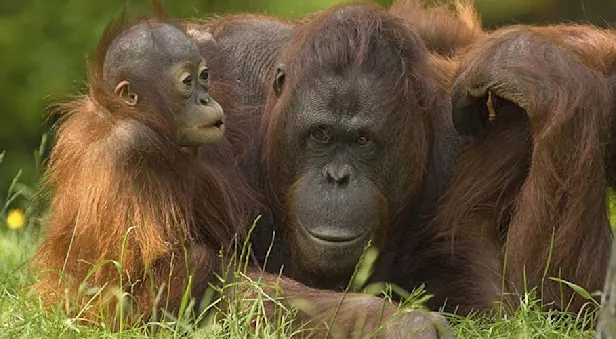
Know Before You Go


Borneo Pygmy Elephant Facts | Borneo Wildlife Guide
Habitat
The Borneo pygmy elephant (Elephas maximus borneensis) is found in the forests of northeastern Borneo, Malaysia and Indonesia.
Physical Characteristics
The pygmy is the smallest subspecies of elephant in the world. Less than 8.2 feet tall, they have large ears, round bellies, and long tails that may brush the ground as they walk. Females are smaller than their male counterparts and either lack or have shortened tusks. The tip of a pygmy elephant’s trunk has a single, prehensile finger, which it uses to collect grasses, leaves, fruits and other plants.
Behavior
Borneo elephants are a gentler species than Asian and African elephants, and their peaceful nature leads some scientists to believe they are descendants of a domestic herd. In the 17th century, the Sultan of Sulu was given of collection of captive elephants, and these elephants were subsequently released into the Borneo jungle. Comparison of DNA with other elephant subspecies has found that Borneo elephants are derived from Sundaic stock and became an isolated, genetically divergent population 300,000 years ago.
Threats
Pygmy elephants are an endangered species, and only an estimated 1,500 individuals remain in the wild, mostly found in Sabah in Malaysian Borneo. The primary threat to these elephants is habitat loss. As their forests become fragmented due to human encroachment, populations are no longer able to travel along their traditional migration routes, and subpopulations are no longer able to breed to maintain genetic diversity. Pygmy elephants lose their forest homes as the ever-expanding human population builds roadways and infrastructure and converts their habitat for agriculture, palm oil plantations and logging. These displaced elephants, whose food sources have been depleted, are then killed in ensuing conflicts when they trample or feed on villager’s crops. Elephants also risk becoming injured by illegal snares set out for smaller animals, and in Sabah’s Lower Kinabatangan Wildlife Sanctuary, an estimated 20 percent of elephants have been wounded by these traps.
Conservation
Maintaining the genetic diversity of the pygmy elephant and encouraging sustainable forestry are high priorities in the conservation arena. These elephants gain protected status from schedule II of the Sabah Wildlife Conservation Enactment, and anyone caught poaching pygmy elephants faces a $50,000 fine or five years in prison. The World Wildlife Fund has tracked these elephants in order to identify and maintain crucial forests and elephant corridors.
Header Credit: Gavin Lautenbach
See Elephants on These Nature Safaris

The Wilds of Borneo: Orangutans & Beyond
Plumb some of the world’s oldest and tallest rainforests in search of wild orangutans and other jungle wildlife among diverse ecosystems on this matchless tropical nature adventure.































